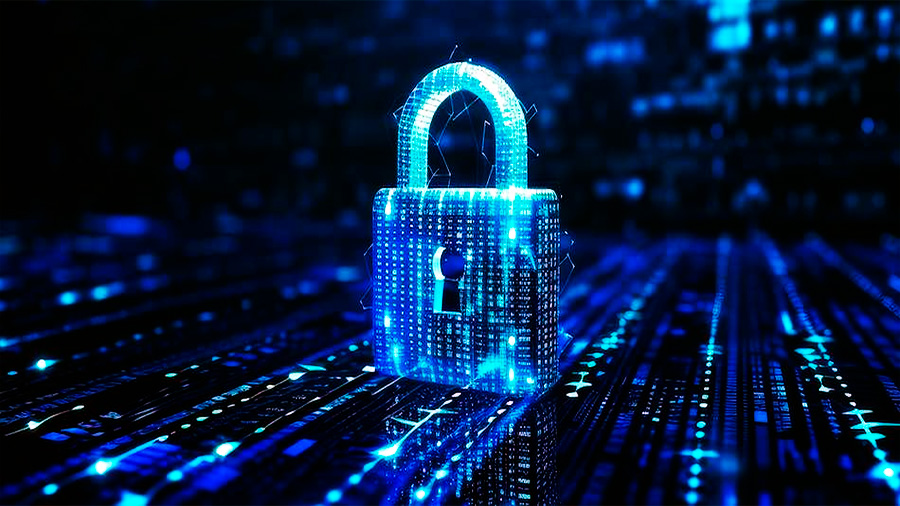Safe Social Media Practices: How to Protect Your Privacy
4 min read
Social media platforms have become integral parts of our lives, enabling us to connect with friends and family, share experiences, and stay informed. However, these platforms are also popular targets for cybercriminals looking to steal personal information. To protect your privacy online, it’s essential to adopt safe social media practices. This article outlines important steps you can take to secure your social media accounts, be cautious about sharing personal information, and recognize potential threats such as phishing attempts and fake profiles.
Setting Strong Privacy Settings
One of the most effective ways to protect your privacy on social media is by setting strong privacy settings. Most social media platforms offer various privacy controls that allow you to decide who can see your posts, photos, and personal information. Take the time to review and adjust these settings to ensure that only your trusted contacts have access to your content.
For example, on Facebook, you can customize the audience for each post, restricting it to friends, specific groups, or even just yourself. Similarly, Instagram and Twitter allow you to make your account private, meaning only approved followers can see your posts. By limiting your audience, you reduce the risk of your personal information falling into the wrong hands.
In addition to adjusting your privacy settings, regularly review the permissions granted to third-party apps linked to your social media accounts. These apps often request access to your profile information, contacts, and posts, which can compromise your privacy if not managed properly. Revoke permissions for any apps you no longer use or trust.

Being Cautious About Sharing Personal Information
While social media is designed for sharing, it’s crucial to be mindful of the personal information you disclose online. Avoid sharing sensitive information such as your home address, phone number, email address, or financial details. This information can be used by cybercriminals for identity theft, phishing attacks, or other malicious activities.
Even seemingly harmless information, such as your birthdate or the names of your pets, can be exploited by cybercriminals to guess your passwords or security questions. To protect your privacy, keep personal details to a minimum and be selective about what you share with your social media audience.
When sharing photos, be aware of the information they might reveal. For instance, a photo taken at home could inadvertently disclose your location or other personal details. Consider disabling location services on your device when posting photos to avoid revealing your whereabouts.
Recognizing Potential Threats
Social media platforms are rife with potential threats, including phishing attempts and fake profiles. Being able to recognize these threats is key to protecting your privacy.
Phishing attempts on social media often come in the form of messages or posts that appear to be from a trusted source, such as a friend or a well-known organization. These messages typically contain links that, when clicked, direct you to a fake website designed to steal your login credentials or personal information. Be wary of unsolicited messages, especially those that urge you to take immediate action or ask for sensitive information. Verify the authenticity of the message by contacting the sender through a different communication channel.
Fake profiles are another common threat on social media. Cybercriminals create these profiles to impersonate real people or organizations, often to gain your trust and access your personal information. Look out for signs of fake profiles, such as incomplete profiles, generic photos, and a lack of genuine interactions. If you suspect a profile is fake, report it to the platform and avoid accepting friend or follow requests from unknown or suspicious accounts.

Securing Your Social Media Accounts
Securing your social media accounts is essential for protecting your privacy. Start by creating strong, unique passwords for each of your accounts. A strong password should be at least 12 characters long and include a mix of letters, numbers, and special characters. Avoid using easily guessable information, such as your name, birthdate, or common words.
Enable two-factor authentication (2FA) on your social media accounts whenever possible. 2FA adds an extra layer of security by requiring a second form of verification, such as a code sent to your phone, in addition to your password. This makes it much harder for cybercriminals to access your account, even if they manage to obtain your password.
Be cautious when using public Wi-Fi networks to access your social media accounts. Public Wi-Fi is often unsecured, making it easier for cybercriminals to intercept your data. If you must use public Wi-Fi, consider using a Virtual Private Network (VPN) to encrypt your connection and protect your information.
Conclusion
Protecting your privacy on social media requires a proactive approach. By setting strong privacy settings, being cautious about sharing personal information, and recognizing potential threats, you can significantly reduce the risk of your personal information being compromised. Additionally, securing your social media accounts with strong passwords and two-factor authentication further enhances your online safety.
As social media continues to play a central role in our lives, taking steps to protect your privacy is more important than ever. Stay informed about the latest security practices and remain vigilant against potential threats. By adopting these safe social media practices, you can enjoy the benefits of staying connected while keeping your personal information secure.



